Written by Millie Mannering
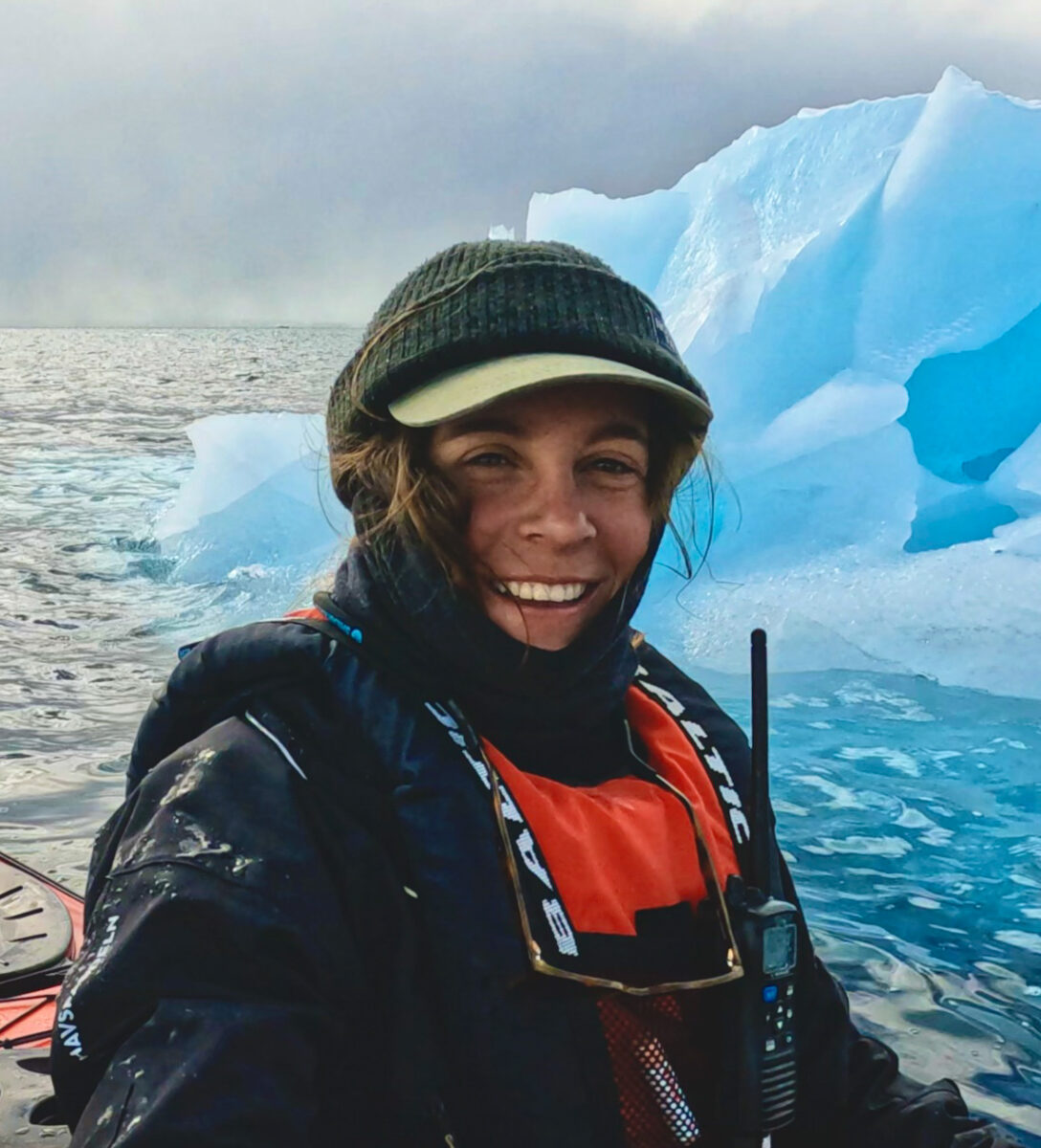
I first learned of the Southern ice-covered continent from my family. My granddad and great-uncle were involved in scientific operations in the Ross Sea and through their photographs of towering icebergs, curious emperor penguins, and vast icy landscapes, I was captivated. As a result, I was ecstatic to learn I had the opportunity to join an expedition and voyage South myself!
Millie Mannering kayaking in the Antarctica Peninsula.
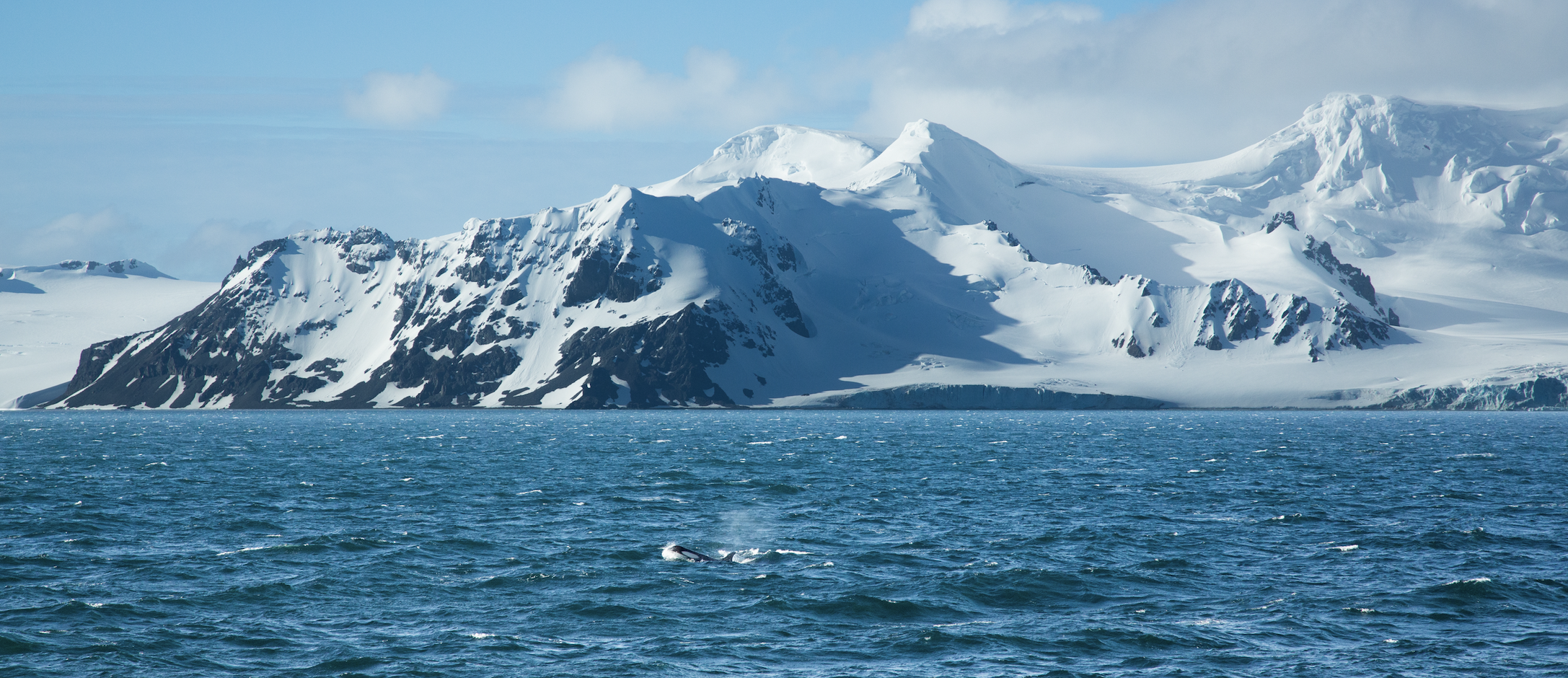
A pod of Orca hunting a baleen whale off Livingston Island. Photo: Millie Mannering
Supported by EYOS, I joined an expedition to Antarctica, to help support a re-supply of the scientific National Oceanic and Atmospheric Administration (NOAA) base at Cape Shirreff, Livingston Island. Having boarded the yacht Nansen Explorer in Punta Arenas, our crossing of the notorious Drake Passage took four days and was remarkably calm. I found it fascinating to talk to the scientific team about their upcoming summer spent living on the island researching animals, such as pinnipeds and penguins, and investigating diet, population and health amongst other topics.


Ecstatic to be exploring underwater in the Southern Ocean and witnessing the spectacular life underwater! Photos: Millie Mannering, Catherine Buckland
Also supported by Joro Experiences, I was able to partake in an expedition throughout the Antarctic Peninsula and into the Weddell Sea. My time in Antarctica made me aware of the logistical support, high level of training and skillset necessary to conduct research and operate in the Southern Ocean. It was very empowering to see first-hand the magic and wilderness of this frozen continent. I experienced close encounters with curious humpback whales and saw that species can recover from the effects of hunting and thrive. Having the opportunity to dive in the Southern Ocean was incredible. Having previously conducted research on how changing ocean conditions affect the Antarctic sea star, Odontaster validus, witnessing these species in situ was very exciting! I was also involved in coordinating citizen science projects onboard, including submitting marine mammal images to the Happy Whale project to help contribute to global whale tracking.

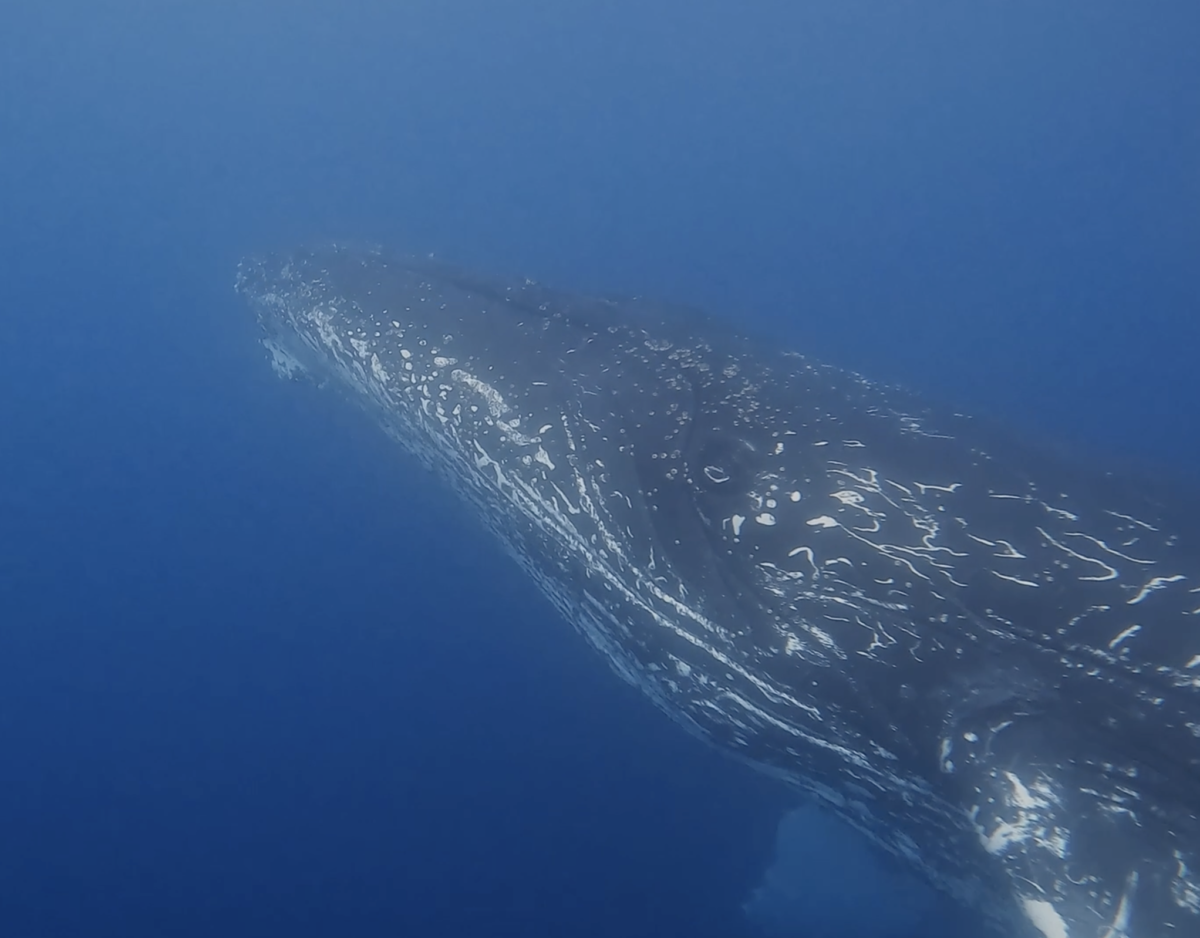
Meeting very curious humpback whales is something I will never forget! Photos: Millie Mannering
During this past summer season, sea ice fringing the continent was recorded at the lowest extent in history. A trend threatening many iconic species, such as the Emperor penguin. The largest and heaviest of all penguins, these underwater experts can dive up to depths of 500 meters! However, it is their dependency on sea ice for breeding, that is causing them to be at risk of extinction. A declining trend of sea ice endangers the ecology of the region as well as causing a reduction in deep ocean water flowing from Antarctica. Subsequently, threatening the collapse of this critical ocean circulation system across the globe.
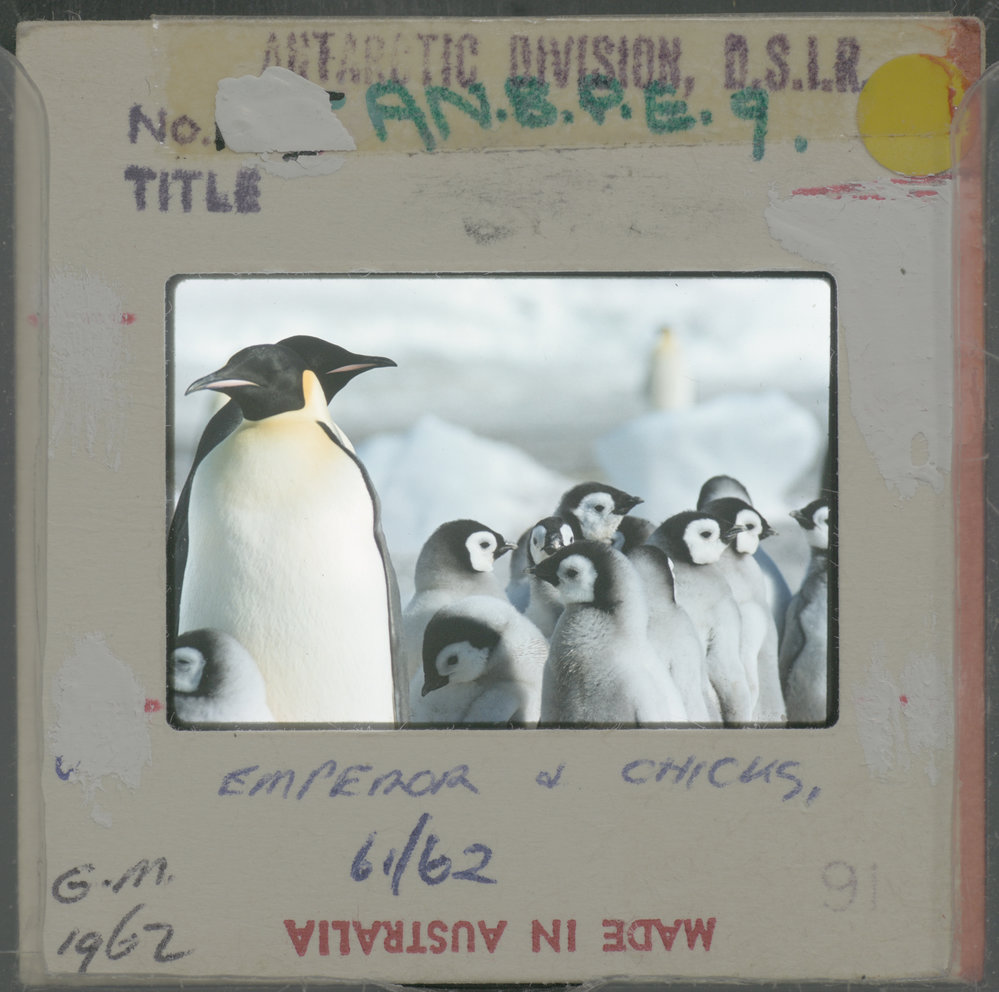
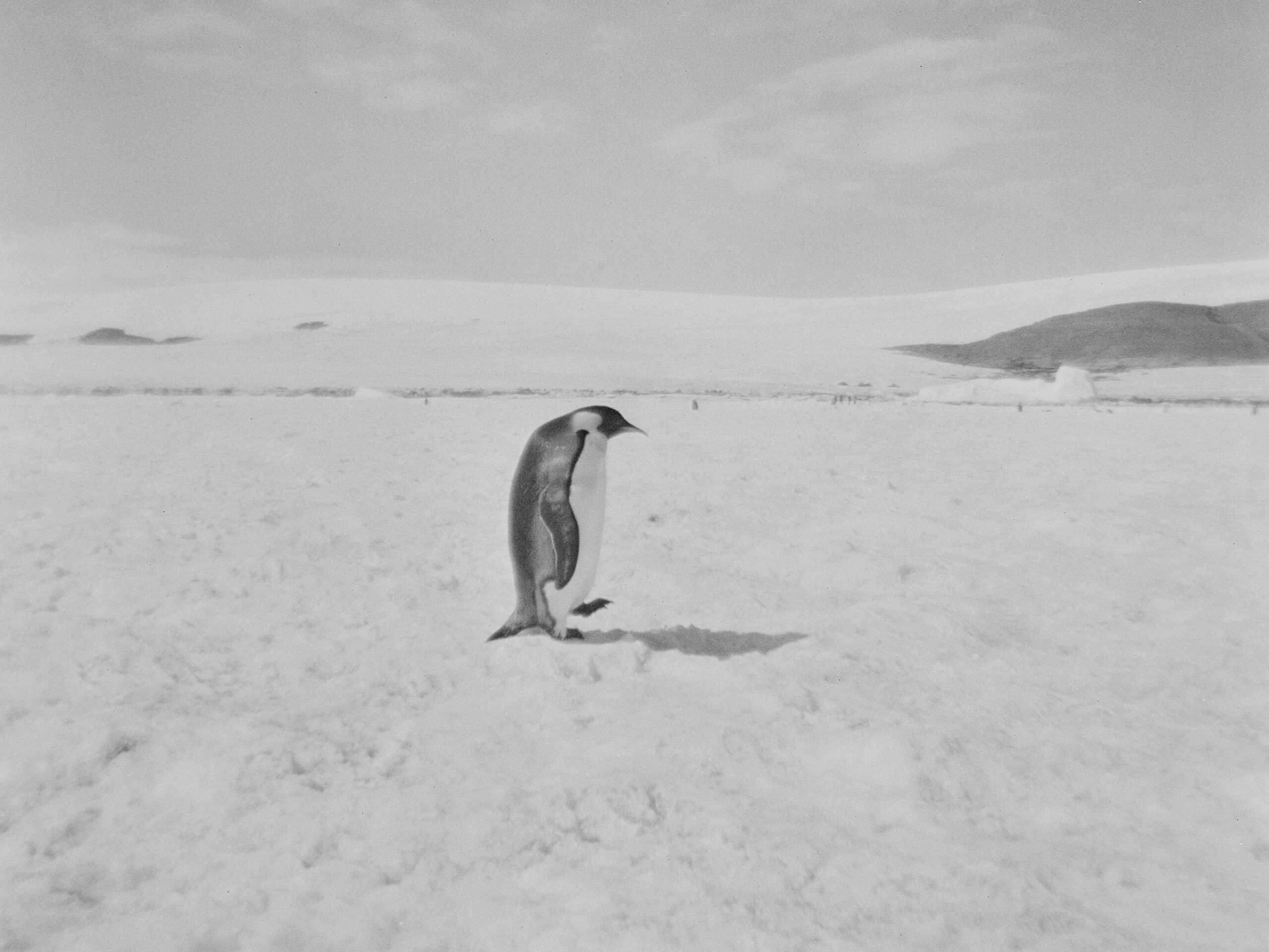
Emperor penguins captured using film photography with images taken 60 years apart. Photos: Guy Mannering, Millie Mannering
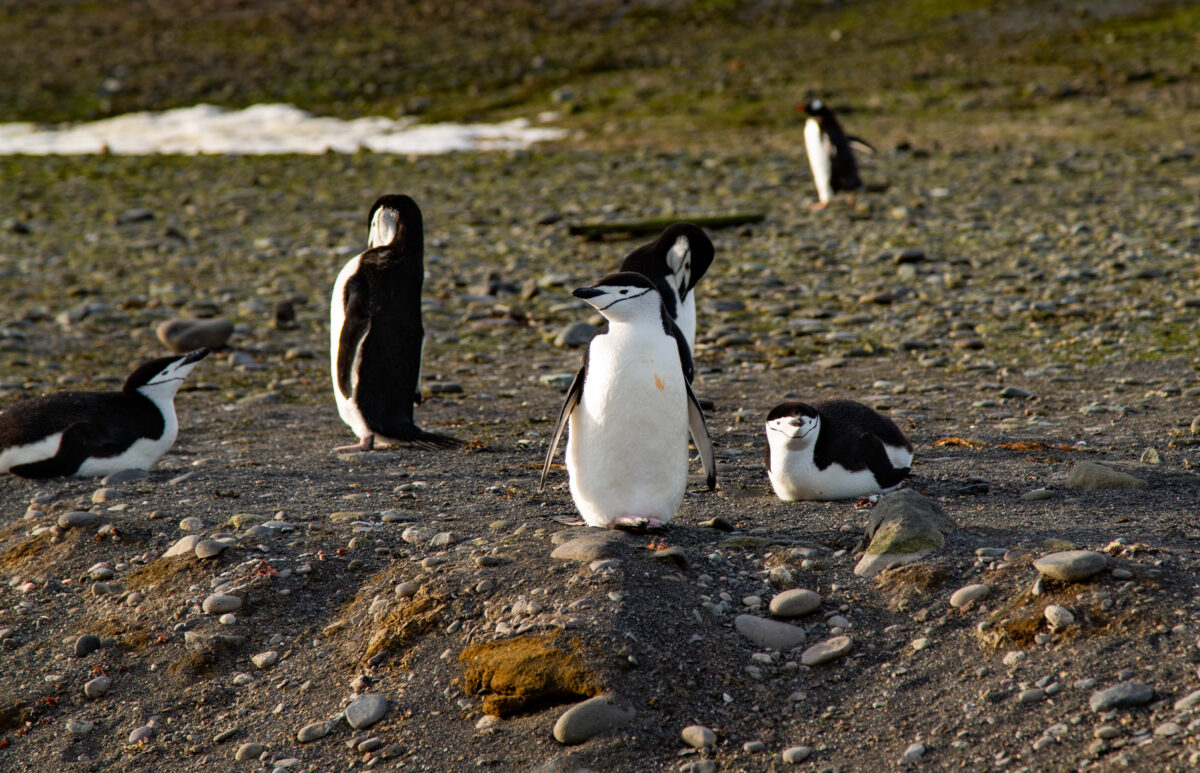
Chinstrap penguins in the evening light. Photos: Millie Mannering

Photo: Millie Mannering
Many thanks to EYOS and Joro Experiences for the opportunity to be involved in this expedition and for the absolutely life-changing experience.
Thank you to the Our World Underwater Scholarship Society and Rolex for making the scholarship possible. I would also like to thank my equipment sponsors Reef Photo and Video, Nauticam and Light and Motion as well as TUSA, Waterproof, Tabata Australia and Suunto.
Trip Tune: Warm Love – Van Morrison
Top Tip: Triple socks in the drysuit are fantastic!
Join me, above and beneath the surface, on my adventures throughout the scholarship year. Subscribe to my blogs, follow along on Instagram, Facebook or flick me an email!
Follow along with my journey as I return to to an incredibly unique set of islands in the Southern Hemisphere …